
I have always been intrigued by small antennas. For those of us living in suburbia, seven element tribanders at 110 feet can only remain a dream. The quest therefore is always for electrically small antennas for HF that work.
Over the years I have experimented with magnetic loops, crossed field antennas and E-H verticals and have come to the conclusion that, for now at least, the magnetic loop seems to offer the best alternative to beams and dipoles if you have no space.
The MFJ-1786X is a 36-inch diameter aluminium loop that covers 10-30MHz. It can cover six HF amateur bands in one three-foot antenna, but the loop will also cover all the shortwave broadcast and utility bands in between as well. The loop is formed from 1.05-inch thick aluminium tube, which is welded to the loop’s variable capacitor so giving a very low loss connection – important for maximum efficiency.
If you thinking of mounting the loop in an attic do bear in mind that it can't be stripped down. Make sure that your loft opening can accommodate the 36 inches required or you will be taking a hacksaw to your ceiling!

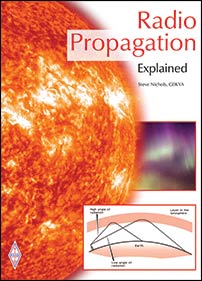

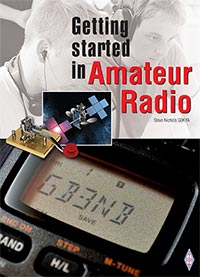
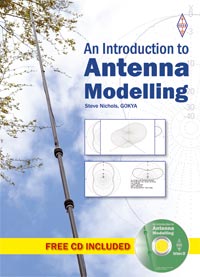
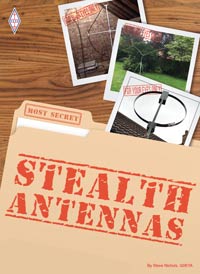
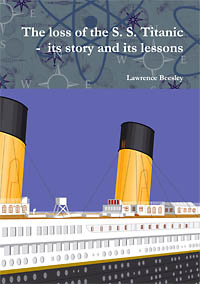






Well written article Steve!
ReplyDeleteDave G4AKC
Steve,
ReplyDeleteI have been wondering for sometime how the MFJ 1786 would perform. I have a chance to buy a used one and install it in my attic at about 9 meters off the ground. I will use a rotor as well which may help null the man made noise. I have a brand new Elecraft K3/10 QRP rig with 2 receivers.
73, VE7HJ
Steve, In the article you made reference to the crossed field antenna. What is your experience of the CFA? The Yahoo Group seems to be frozen in time. Do you know of any current activity concerning the CFA?
ReplyDeleteAh - the CFA! The reason the CFA group is frozen in time is because the moderator Bob Henly died and Yahoo are very reluctant to let anyone take over. You need to get a declaration from members that someone else can take it over, but it is a lot of hassle.
ReplyDeleteMaurice Hately (the CFA inventor) is still alive (at least he was last time I looked) and living in the south of England. He, like the rest of us, is getting older.
He is still playing with the CFA design and was working on a balanced design that was meant to get rid of common mode currents on the coax. He sent me a model to try a few years back, but it didn't work and went back to him to be fixed - it never came back.
I played with CFAs years back and wrote a review for RadCom. They were not stellar perfomers, but two models stood out. The 40m one was just a foot in diameter, but worked really well. I also built a one metre diameter one for Top Band and managed to talk to someone in the Midlands with it.
I then fiddled with it and it never worked again!
The EH has taken over everyone's interest, but there is still room for experimentation.
Steve G0KYA